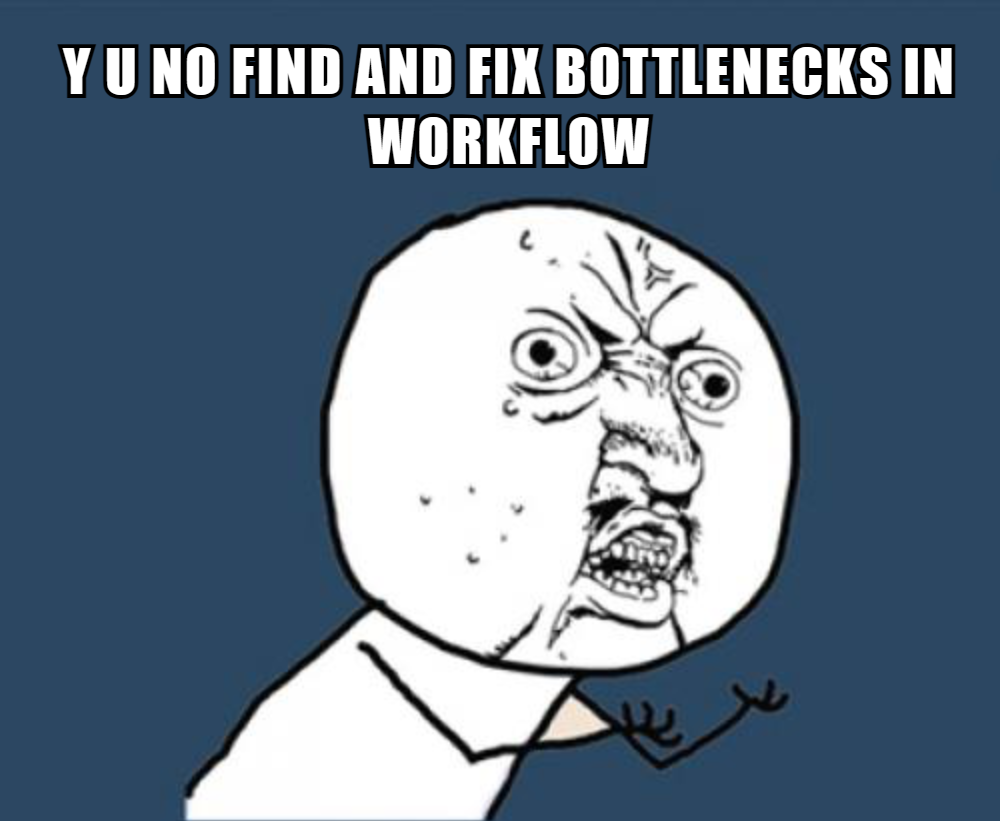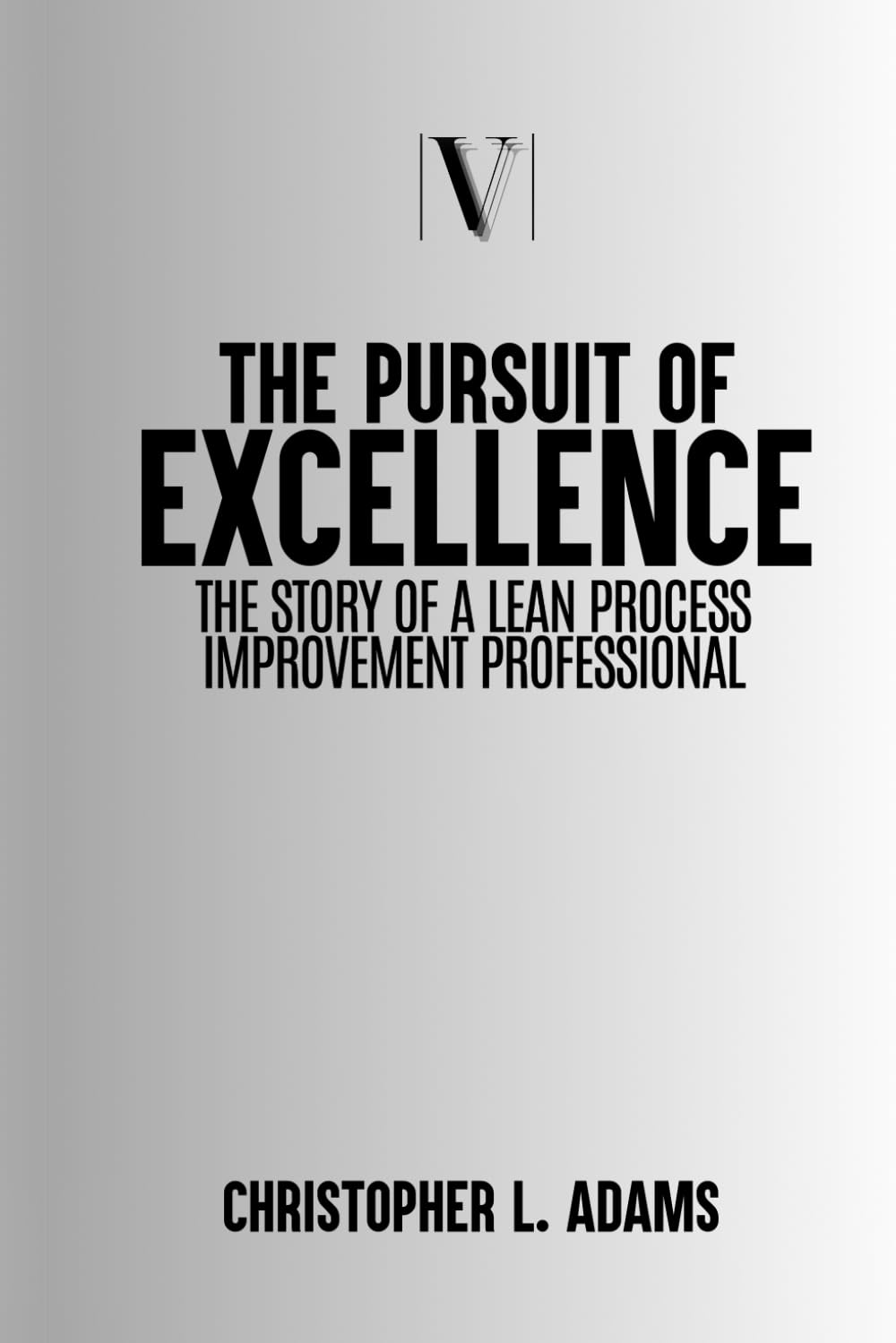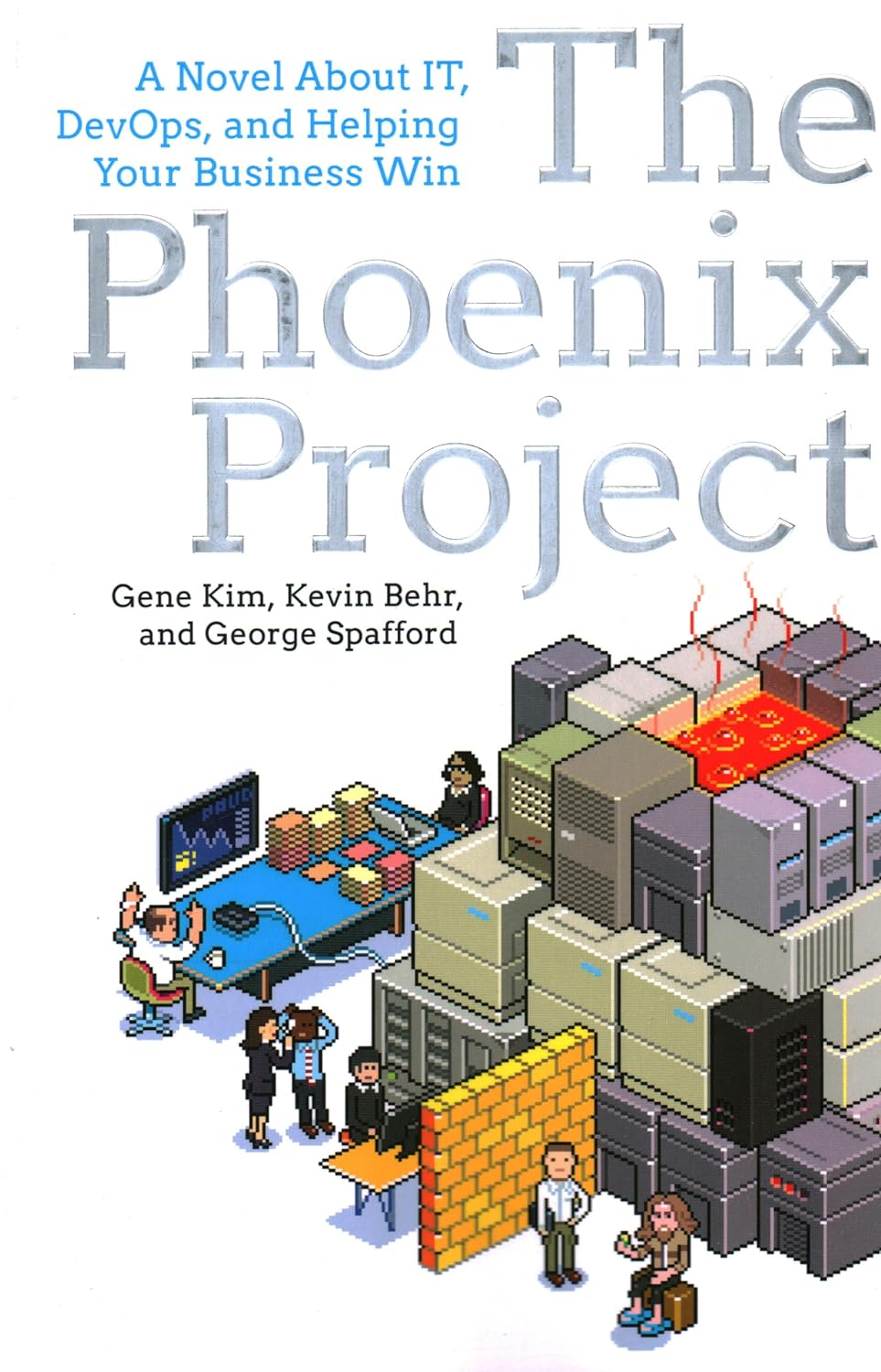In the era of remote and hybrid work, teams are increasingly relying on real-time collaboration. It’s more than just a method—it's a culture of interaction that transforms team productivity and communication. This article explores the benefits, challenges, strategies,
Identifying and addressing workflow bottlenecks
Keeping your workflow organized can be harder than the work itself. The good news is, if you spot issues early, you can fix them before they cause major damage. This article will help you identify and address productivity gaps efficiently.
Key takeaways
If problematic areas are identified preemptively, projects are less prone to delay
With bottlenecks removed, time spent on tasks can be significantly reduced
Spending some time on improving your daily workflows can significantly improve your team’s productivity
Introduction
Every car enthusiast’s dream is speeding down the empty highway, without a single traffic jam in sight. Unfortunately, it’s the 21st century, and most cities are still car-dependent, so you’ll be speeding for…uh, approximately 3 seconds before stopping to a halt.
God no, we’re not condoning speeding. It’s just a nice metaphor to explain that with the bottlenecks or “traffic jams” in this scenario, the entire process is 10 times more enjoyable and productive.
A report by Formstack and Mantis Research found that organizations can lose up to $1.3 million annually because of inefficient tasks burdening employees, for example. The same report revealed that over half of employees spend at least two hours daily on repetitive tasks, highlighting the need for process optimization.
$1.3 million is…a lot of zeroes. But anyway. What you need to understand first and foremost is that all bottlenecks can be distinguished into two major types: messy processes and messy resource allocation. Sometimes both. Here’s what you need to know about these:
Messy processes:
- Old ways of working. Spreadsheets and in-office meetings? How can that help anyone?
- Over-engineered pre-release check-ups. Even the best product on the market will break if you put it through 10 stages of reviews and testing.
- Bureaucracy and paper-pushing. When 20 different departments need to agree on a certain feature – the product will never see the light of day.
- Manual labor. AI probably won’t replace copywriters and artists, but is great at filling in tables and lengthy spreadsheets – let him handle just that and focus on the actual work.
- Inefficient workflow. True power is in simplicity. If there are steps that don’t contribute much to the end results – eliminate them.
Messy resource allocation:
- Short-stuffed teams. If your project manager does 3 different jobs at the same time, that’s not “managing” – that’s just a quick way to burn out.
- Outdated equipment. PCs that can barely run Tetris, Excel spreadsheets that haven’t been updated since the Soviet Union’s collapse, or old, squeaky office chairs – all that can significantly slow working processes.
- Budgeting issues. Sometimes a lack of proper funding makes teams say no to vital parts of a comfortable and productive workflow. It could work short-term, but will quickly drain everyone involved in the long run.
So yeah, lots of contributors to one big problem, so if you’ll manage to resolve at least one of the issues above – that’s already a huge win. There was this one time when Bethany Home Healthcare reduced payroll costs by almost 200% by implementing business process automation – big results achieved with seemingly small changes to the daily workflow

How to spot bottlenecks early
Understanding what can go wrong or is wrong already is one thing – spotting it early on is the hardest thing. Amazon, for example, might practice some questionable work ethics but knows a thing or two about predicting potential roadblocks.
They actively use so-called predictive analysis – a method that involves a study of historical and cultural data to somewhat chart potential crises before they even happen.
COVID-19 was a surprise for everyone, but thanks to predictive analysis Amazon managed to quickly adapt and maintain customers despite the circumstances…
…predictive analysis and questionable business practices, but that’s beside the point.
So, here are a few potential “red flags” you should look after to spot potential problematic zones:
- Tasks keep piling up and never seem to end. It’s kinda alright if your team is always busy, so to speak. But if the amount of unfinished assignments gets to a certain, critical point, and just keeps getting worse? There might be something wrong there.
- Deadlines are just concepts. Again, a couple of missed deadlines in a particularly hard week is totally normal, but if it’s become the norm? Worth looking into.
- Tight resources. Great businesses are held by good funding and good people being brilliant. When both are getting uncomfortably dry – that’s a reason to worry.
- Low morale. If your team’s mood is down in the drains – something’s not right.
- Inferior results. Pretty straight-forward.
- Bad communication. There’s a whole sub-culture of people who just “fall through the cracks” of big corporations and keep receiving their salary without doing much work. Sounds familiar? While not necessarily bad – it is a sign that teams don’t communicate properly, which is vital for any successful project.
Netflix might deal in multi-billion flops from time to time, but oh boy do they know a thing or two about information gathering. Every step of their workflow is closely monitored, with every piece of feedback being dissected and implemented. The moment some bumps appear on their road to productivity – it gets immediately crushed.
How, exactly, you ask? Little thing called “Chaos Engineering”. Sounds actually badass, right? This method involves the preemptive introduction of various “disruptions” into the working process, with the idea that it’ll build “resilience” for the time when the real threat comes. Sort of a corporate immune system, if you will.
Potential fixes
When all the problems are finally spotted, there’s one thing left – to actually fix them. There’s a silver lining in resolving the issue fast and making sure it doesn’t appear again – try to stick to it as much as possible.
Short-term solutions:
- Resource allocation. One task has two very tired managers working on it, while the other has ten. You know what to do – rebalance things a bit.
- Find a temporary shortcut. Some things might not work as intended right away, but may with minor but unwelcome changes to the initial formula. Let it be for a while; if it works, it works. You’ll be able to return and polish it in less dire times.
- Quick skills upgrade. If your workers lack specific skills, you might want to send them on a quick learn-what-you-can type of course. It’s not a full-blown degree, sure, but it’ll do for the time being.
- Targeted automation. If some processes take too much of your team’s time – maybe automating them could take the pressure off. It might impact the quality of the end result, yes, but it could also give you much-needed breathing room.
- Communication workshopping. Sometimes all it takes is one, heartfelt conversation. The fact that it hasn’t happened before does show deeper problems, but it’s a start.
Long-term solutions:
- Pipeline rework. If something doesn’t work – take it down and build something better on its ruins.
- Invest in the team’s skills. Company-wide qualification courses to literally make your co-workers smarter and more efficient. Investing in knowledge always pays out.
- Get your battle stations an upgrade. New PCs, tablets, or even a newer and better version of Project Management Software is surely pricy but can make the difference. Taskee’s free, though, and just as efficient – just saying.
- Deep automation. Locate particularly tedious processes that require minimal human touch and automate the hell out of them. Inventory management, order processing – that kind of thing.
- Strategic planning. Plan for potential roadblocks and your general needs in advance. Guarantees immunity to most of the world problems.
Interesting fact

A study on healthcare bottlenecks found that unbalanced nurse-patient ratios and shortages caused 21% of inefficiencies, while skill gaps, equipment issues, and poor maintenance accounted for 38%. Improving staffing, training, and equipment maintenance could boost workflow efficiency and patient care.
Related articles:
For insights into process improvement, explore Hybrid project management: A balanced approach combining Agile and Waterfall.
To enhance team efficiency, check out What is a Kanban board? A guide to visualizing and managing workflows.
For better resource management, read Resource management process: Transform your project's success with effective planning.
Conclusion
Understanding and addressing workflow bottlenecks is crucial for maintaining efficient operations. With the right combination of tools, processes, and practices, teams can identify and resolve bottlenecks before they impact project success. The key lies in maintaining a proactive approach to process improvement while fostering a culture of continuous optimization.
Recommended reading


"Theory of Constraints"
Comprehensive guide to understanding and resolving operational bottlenecks in modern business environments.
On Amazon
"Lean Process Improvement"
Strategies for streamlining workflows and eliminating waste through a systematic approach.
On Amazon
"The Phoenix Project"
Real-world applications of bottleneck management in IT operations with practical case studies.
On Amazon






